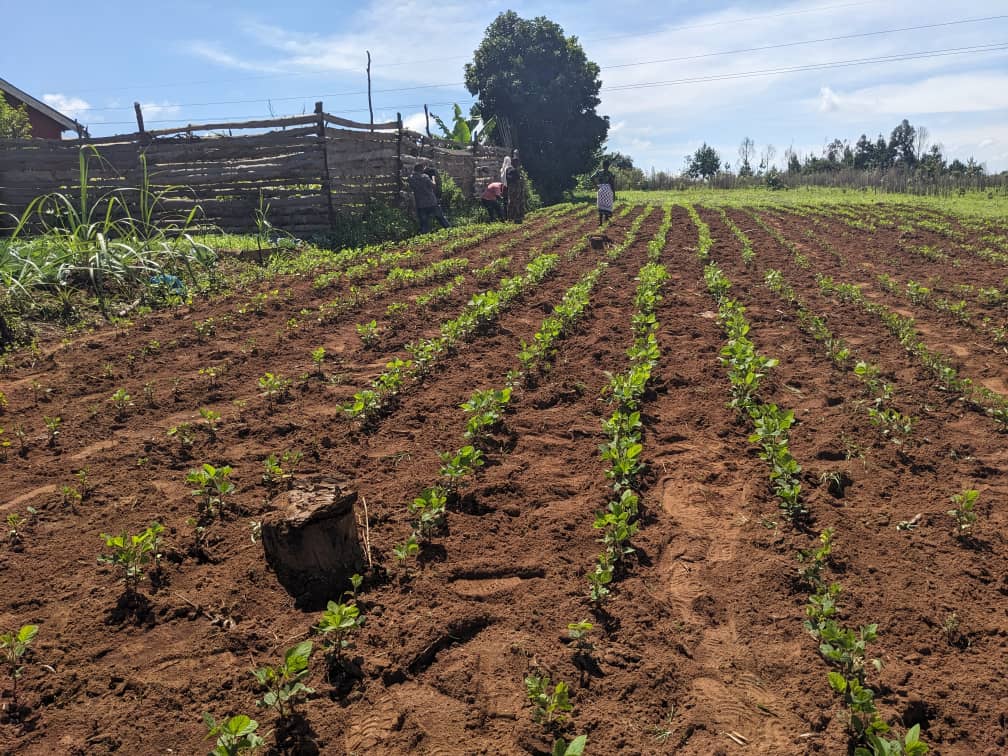Kilimokwanza.org Reporter
Imagine a field bursting with healthy, high-yielding soybeans. This is the vision behind the Tanzania Sustainable Soybean Initiative (TSSI), a collaborative effort led by the Southern Agricultural Growth Corridor of Tanzania (SAGCOT).
Across 19 districts in Tanzania, TSSI has set up 137 demonstration sites. These sites are like outdoor classrooms for farmers, showcasing the best ways to grow soybeans. They feature techniques like using certified seeds, applying special fertilizers, and proper planting practices.
Testing What Works Best: Unveiling the Secrets of Higher Yields
But TSSI doesn’t stop at just showing. They also test different methods to see what works best for each area. They’ve created eight different test groups, with some plots receiving no special treatment and others getting a combination of fertilizers, soil conditioners, and beneficial microbes. This allows farmers to see firsthand how each practice impacts their soybean harvest.
By sharing the results from these tests, TSSI will empower farmers. Armed with data, farmers can choose the practices that will give them the most soybeans for their efforts. This means potentially higher yields and increased income.
Tailored Solutions for Diverse Lands
“We’re not just showing one way,” explains Mr. Abdallah Msambachi, Program Manager for TSSI. “We’re testing different combinations to find the best approach for each region’s conditions.” This ensures that farmers get the most effective solutions for their land.
Early Signs of Success: Promising Results from the Field
The initial results are exciting! Using better seeds and particular microbes has significantly boosted yields in some areas, and adding specific fertilizers made a big difference in others.
“While these are early days,” says Mr. Msambachi, “they show the potential of these techniques to transform soybean production in Tanzania. We’ll monitor the results and refine our recommendations as we learn more.”
